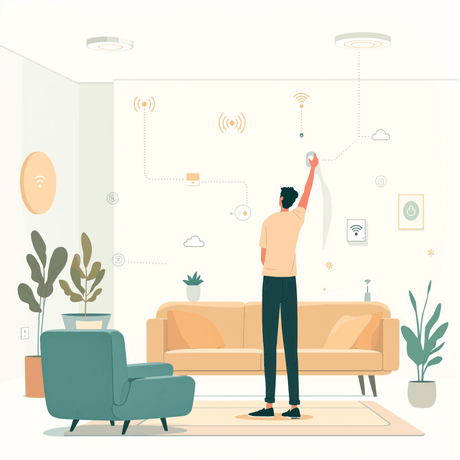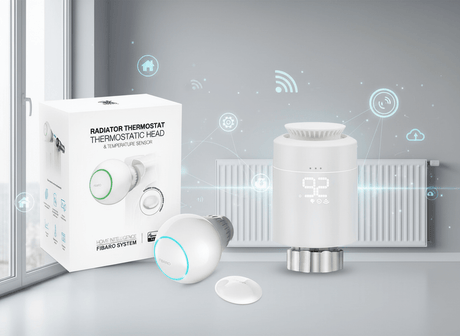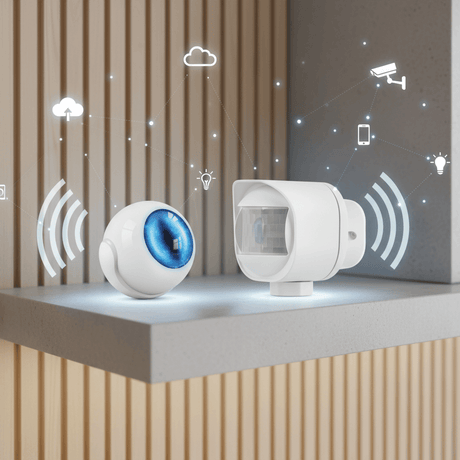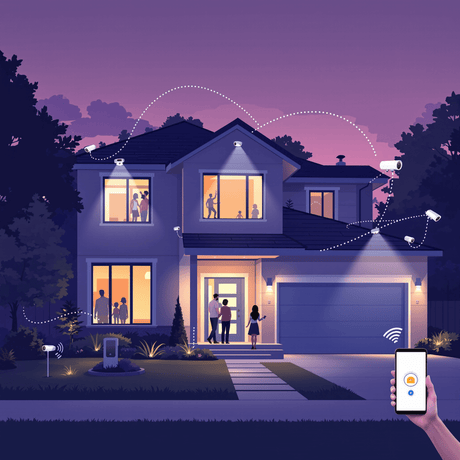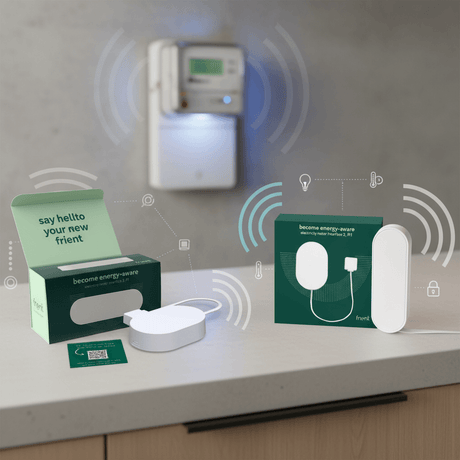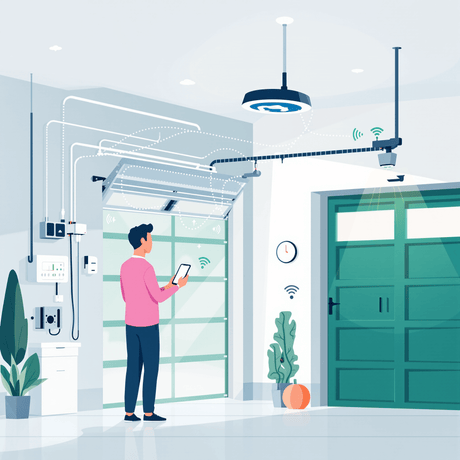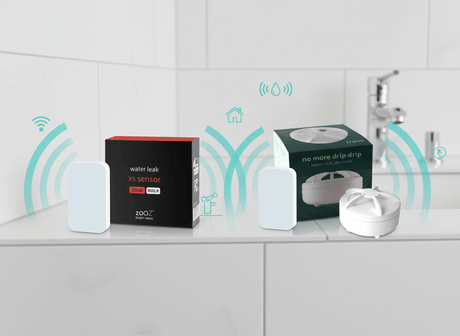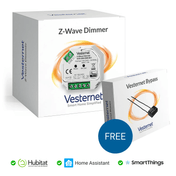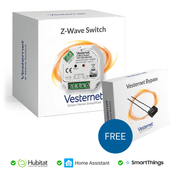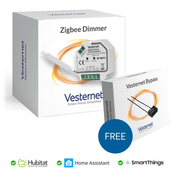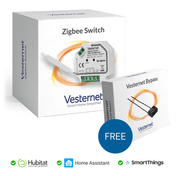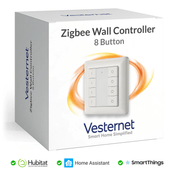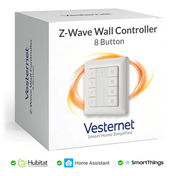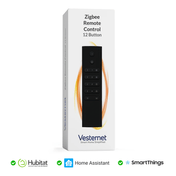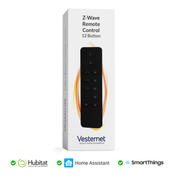Choisir le bon hub domotique pour votre propriété au Royaume-Uni peut s'avérer complexe, surtout face à la multitude de technologies de passerelle et aux avis contradictoires sur le système le plus performant. Contrairement aux simples appareils intelligents fonctionnant indépendamment, les hubs intelligents constituent le système nerveux central de votre maison connectée, coordonnant la communication entre les appareils et permettant une automatisation sophistiquée qui transforme votre interaction avec votre espace de vie.
Comprendre les technologies de passerelle et les critères de sélection permet une meilleure intégration des appareils, une meilleure pérennité et des performances optimales de la maison connectée dans divers types de propriétés au Royaume-Uni. Choisir le bon hub élimine les problèmes de compatibilité, réduit les coûts à long terme et crée les bases pour développer les capacités de votre maison connectée en toute confiance.
Ce guide complet vous guide des concepts de base des hubs aux critères de sélection avancés, vous permettant d'acquérir les connaissances nécessaires pour choisir la solution de passerelle idéale pour vos besoins spécifiques. Que vous compariez des hubs domestiques traditionnels avec des alternatives modernes ou que vous évaluiez des hubs intelligents BT avec des contrôleurs domotiques spécialisés, vous développerez l'expertise nécessaire pour prendre des décisions éclairées et durables.
Comprendre les technologies de passerelle pour maison intelligente
Les passerelles domotiques fonctionnent comme des centres de commande centraux qui transmettent les communications entre les différents appareils, protocoles et services de votre écosystème domestique connecté. Contrairement aux appareils intelligents autonomes qui se connectent généralement directement à votre
Les principales fonctions de la passerelle comprennent :
- Traduction de protocole entre différentes normes de communication d'appareils
- Traitement local des règles d'automatisation et des réponses des appareils
- Coordination d'accès à distance pour le contrôle par smartphone et Web
- Gestion de la sécurité grâce à la communication cryptée des appareils
Les hubs intelligents modernes transforment les appareils connectés individuels en systèmes cohérents où l'éclairage, le chauffage, la sécurité et les loisirs fonctionnent en parfaite harmonie. Cette capacité d'intégration distingue les solutions de passerelle professionnelles des appareils basiques connectés à un routeur, offrant ainsi la base de scénarios d'automatisation sophistiqués qui s'adaptent à vos habitudes et préférences.
Principaux protocoles de communication et compatibilité
Les protocoles de maison intelligente déterminent la manière dont vos appareils communiquent, chacun offrant des avantages distincts pour différentes applications et types de propriétés.

Comparaison des protocoles pour les maisons intelligentes au Royaume-Uni :
Z-Wave :Portée supérieure, limites d'appareil inférieures, excellent pour les grandes propriétésZigbee :Grande capacité de l'appareil, temps de réponse rapides, idéal pour l'automatisation des appartementsWi-Fi : Compatibilité universelle, consommation d'énergie plus élevée, convient à certains appareilsMatter : Compatibilité inter-protocoles, axée sur l'avenir, prise en charge des écosystèmes émergents
La compatibilité des passerelles détermine les appareils que vous pouvez intégrer, ce qui fait de la prise en charge des protocoles un critère de sélection crucial. Les concentrateurs domestiques prenant en charge plusieurs protocoles offrent une plus grande flexibilité et une meilleure protection de votre investissement, vous permettant de choisir les appareils les mieux adaptés à chaque application, sans être limité par les limitations d'un protocole unique.
Types de passerelles : concentrateurs centralisés ou contrôle distribué
Les contrôleurs de passerelle centralisés regroupent tous les traitements de la maison connectée dans un seul appareil, généralement placé à proximité de votre routeur Internet pour une connectivité réseau optimale. Ces hubs dédiés sont parfaits pour les propriétés où un contrôle centralisé est pratique et offrent une puissance de traitement robuste pour les règles d'automatisation complexes et les réseaux d'appareils étendus.
Les systèmes de contrôle distribués utilisent des contrôleurs muraux et Solutions basées sur USB Répartir le traitement sur plusieurs sites est particulièrement avantageux dans les grandes propriétés où la couverture centralisée s'avère complexe. Cette approche permet un contrôle spécifique à chaque pièce tout en maintenant la coordination à l'échelle du système grâce à la communication en réseau.

Options de déploiement de la passerelle :
- Concentrateurs autonomes : traitement à emplacement unique avec prise en charge complète des protocoles
- Contrôleurs muraux : traitement spécifique à la pièce avec gestion locale des appareils
- Solutions de passerelle USB : contrôle par ordinateur pour une personnalisation avancée
Fonctionnalités essentielles des passerelles Smart Home au Royaume-Uni
Les fonctionnalités d'accès à distance permettent un contrôle depuis n'importe quel smartphone ou appareil connecté, indispensable pour surveiller les systèmes de sécurité, ajuster les programmes de chauffage et gérer la consommation d'énergie en déplacement. Le traitement local garantit le fonctionnement continu de votre système domotique en cas de panne de courant, préservant ainsi les fonctions essentielles de sécurité et de confort, quel que soit l'état de la connexion.
Fonctionnalités de passerelle critiques pour les propriétés au Royaume-Uni :
- Accès à distance crypté avec protocoles d'authentification sécurisés
- Traitement d'automatisation locale indépendant de la connectivité Internet
- Intégration avec les tarifs énergétiques et les systèmes de compteurs intelligents du Royaume-Uni
- Mises à jour de sécurité régulières et engagements de support du fabricant
Les considérations de pérennité incluent la prise en charge de protocoles émergents tels que
Options d'interface de contrôle : des panneaux muraux aux applications mobiles
Les panneaux de commande muraux offrent un accès local intuitif à vos systèmes de maison connectée, particulièrement utiles aux membres de la famille qui préfèrent les interfaces tactiles aux applications pour smartphone. contrôleurs présentent souvent des dispositions de boutons personnalisables, des affichages d'état et des capacités d'activation de scène qui complètent la puissance de traitement de votre passerelle avec une interaction utilisateur accessible.
Les applications mobiles offrent des fonctionnalités complètes de gestion du système, permettant une configuration détaillée des appareils, la création de règles d'automatisation et une surveillance en temps réel, où que vous soyez. Les configurations de maison connectée les plus efficaces combinent plusieurs méthodes de contrôle, permettant à chaque membre du foyer d'interagir avec le système via son interface préférée, tout en garantissant une fonctionnalité homogène sur tous les points d'accès.

Avantages de l'interface de contrôle :
- Contrôleurs muraux : accès immédiat, fonctionnement convivial pour les invités, options de batterie de secours
- Applications pour smartphone : configuration avancée, surveillance à distance, analyses détaillées
- Intégration vocale : fonctionnement mains libres, avantages en matière d'accessibilité, interaction naturelle
Planifier la configuration de votre passerelle pour une efficacité maximale
L'évaluation de la propriété commence par l'évaluation de la taille de votre maison, des matériaux de construction et de l'infrastructure électrique existante pour déterminer l'emplacement optimal de la passerelle et la sélection du protocole.Les murs en briques et les éléments métalliques ont un impact significatif sur la propagation du signal sans fil, tandis que les propriétés plus anciennes peuvent nécessiter des considérations supplémentaires pour la stabilité de l'alimentation électrique et la couverture du réseau.

Considérations essentielles en matière de planification :
- Exigences relatives au nombre de salles et à la densité des appareils pour la planification de la capacité
- Matériaux de construction affectant la transmission du signal sans fil
- Infrastructure réseau existante et qualité de la connectivité haut débit
- Projets d'agrandissement futurs pour des chambres supplémentaires ou des modifications de propriété
La planification de la capacité des appareils consiste à estimer vos besoins actuels et futurs en matière d'automatisation, afin de garantir que la passerelle choisie puisse s'adapter à la croissance sans dégradation des performances. Lors de l'évaluation des spécifications du hub, tenez compte à la fois des besoins immédiats et de l'expansion potentielle vers des domaines tels que l'automatisation des jardins, l'intégration des garages et l'ajout de dispositifs de sécurité.
Considérations et meilleures pratiques d'installation
L'emplacement de la passerelle a un impact significatif sur les performances du système. Un emplacement central offre généralement une couverture sans fil optimale tout en maintenant une connexion Internet fiable. Évitez de placer les hubs à proximité de sources d'interférences potentielles telles que les micro-ondes, les babyphones ou les éléments métalliques denses, susceptibles de perturber la communication sans fil entre votre contrôleur et les appareils connectés.
Les stratégies d'appairage d'appareils impliquent une configuration systématique du réseau, en commençant par les appareils les plus proches de la passerelle et en ajoutant progressivement des composants plus éloignés. Cette approche garantit la solidité du réseau maillé tout en identifiant les problèmes de couverture potentiels avant qu'ils n'affectent la fiabilité du système.
Bonnes pratiques d'installation :
- Positionnez les passerelles de manière centrale avec une ventilation adéquate et un accès électrique
- Testez la couverture sans fil dans toute votre propriété avant de finaliser le placement
- Documenter les emplacements des périphériques et la topologie du réseau pour le dépannage
- Configurer des solutions d'alimentation de secours pour les dispositifs de sécurité et de sûreté critiques
Gestion avancée des passerelles et extension future
Les systèmes domotiques complexes bénéficient d'une organisation structurée des appareils, de règles d'automatisation logiques et d'une surveillance régulière des performances pour maintenir un fonctionnement optimal à mesure que votre réseau se développe. La gestion avancée des passerelles comprend la création de groupes d'appareils, la mise en œuvre de politiques de sécurité et l'établissement de calendriers de maintenance qui préservent la fiabilité du système à long terme.
Stratégies de gestion avancées :
- Segmentation du réseau pour une sécurité renforcée et une isolation des performances
- Configurations de sauvegarde automatisées protégeant contre les pannes de périphériques
- Surveillance des performances identifiant les problèmes potentiels avant qu'ils n'affectent l'utilisation
- Planification de l'intégration des technologies émergentes et des développements de protocoles
La planification de votre expansion future implique d'anticiper les évolutions technologiques, réglementaires et des besoins des ménages susceptibles d'impacter vos besoins en matière de domotique. Nos solutions Gateway, dotées de voies de mise à niveau robustes et d'une large prise en charge de protocoles, offrent la flexibilité nécessaire pour adapter votre système à l'arrivée de nouveaux appareils, normes et fonctionnalités sur le marché britannique.
Conclusion
Un choix judicieux de passerelle constitue la base d'une domotique réussie. La technologie de hub adéquate détermine la fiabilité, l'évolutivité et la valeur à long terme de votre système. Les facteurs clés de décision incluent la compatibilité des protocoles, les capacités de traitement, les options d'interface de contrôle et les fonctionnalités évolutives adaptées aux besoins spécifiques de votre propriété et aux préférences de votre foyer.
Commencer par une passerelle solide permet d'étendre progressivement les fonctionnalités de votre maison connectée, vous permettant ainsi d'explorer différentes technologies de contrôle et options d'intégration à votre rythme. Cette approche pédagogique renforce la confiance dans la gestion du système, tout en garantissant que chaque ajout améliore votre expérience domotique au lieu de la complexifier.


